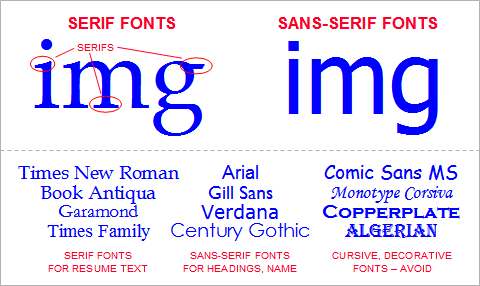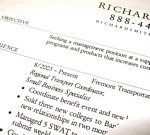Robert Nardelli, the former CEO of retailing giant Home Depot, offered great career advice in a “CEO Series” interview at the Stern School of Business, New York University, in 2003. Here is a video and a transcript of his interview.
Robert Nardelli’s on Getting Recognition
I started my career in General Electric (GE) as a manufacturing engineer in the refrigeration plant. When I had an opportunity to volunteer in the ‘feature and appearance council’ or to help design new handles, I would snap the opportunity so that I was able to get tremendous exposure to the thinking and be recognized as someone that could do functional crossover. It served me well throughout my whole career.
When GE implemented a new financial accounting system, the company was looking for someone to volunteer to be the program manager. I did not know anything about accounting and finance, but still said I will lead the initiative. Of course, this was in addition to my day job.
Such opportunities exist in every organization. You can seize those opportunities and learn through broader experiences. They gave me a base of understanding and confidence. When I faced adversity at higher positions, I felt good about my experience and abilities.
Call for Action
 Getting management to recognize you for promotions and leadership positions can be challenging, especially at large companies. Career success is often said to be not about what you know but about “who you know.” In the new world of work, where competition is more intense than ever before, what really matters more is who knows you and what they know about you.
Getting management to recognize you for promotions and leadership positions can be challenging, especially at large companies. Career success is often said to be not about what you know but about “who you know.” In the new world of work, where competition is more intense than ever before, what really matters more is who knows you and what they know about you.
Robert Nardelli recommends that volunteering on a variety of organizational initiatives is one way to get the recognition you deserve. When you volunteer on cross-functional committees for product improvement or professional development, the decision-makers can get to know you, your skills, abilities and career interests. Such exposure will help them consider you for challenging assignments in the future.
Volunteer in your company’s initiatives, connect with other functions, broaden your skills, and, build a network.
[Notes: (1) Robert Nardelli’s photo from the website of the Stern School of Business, New York University, (2) Robert Nardelli’s words (above) were altered for clarity and conciseness for this article.]
 Your employers, both current and former, expect you to treat sensitive and confidential information
Your employers, both current and former, expect you to treat sensitive and confidential information  Public trust and ethical behavior are vital to organizational and individual success. Recent
Public trust and ethical behavior are vital to organizational and individual success. Recent 

